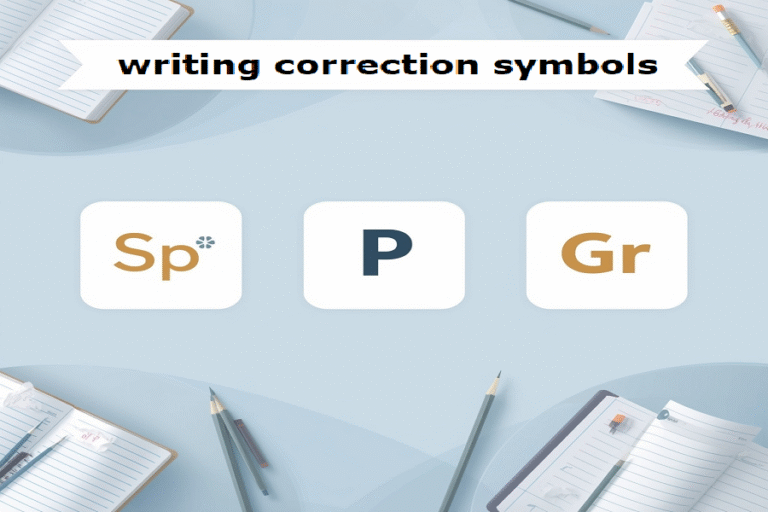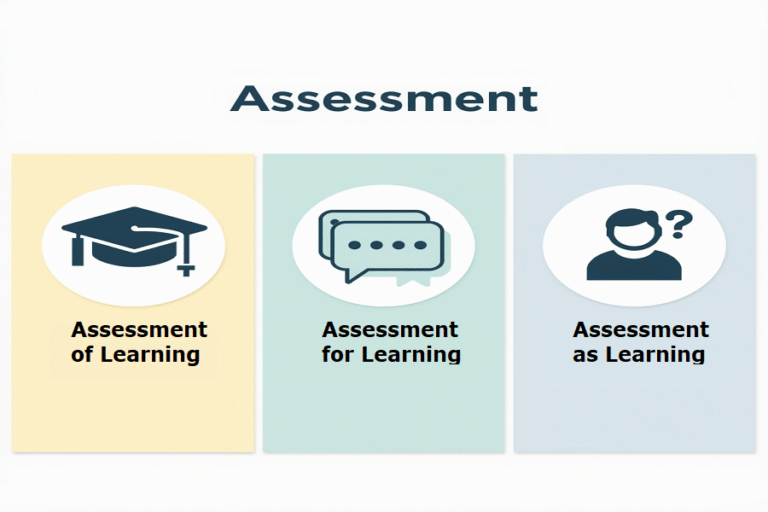 As the demand for online Business English courses continues to grow, teachers are constantly seeking effective Business English tools to streamline lesson delivery, enhance learner engagement, and personalise instruction. Whether you’re a freelance tutor, a corporate trainer, or a language school instructor, choosing the right digital platforms can significantly elevate your teaching quality and student satisfaction.
As the demand for online Business English courses continues to grow, teachers are constantly seeking effective Business English tools to streamline lesson delivery, enhance learner engagement, and personalise instruction. Whether you’re a freelance tutor, a corporate trainer, or a language school instructor, choosing the right digital platforms can significantly elevate your teaching quality and student satisfaction.
In this guide, we will explore the Top 5 Tools for Teaching Business English Online, highlighting their strengths, use cases, and how they can help you create dynamic, professional lessons.
![]()
1. Zoom – Best for Live, Interactive Business English Lessons
Zoom remains one of the most powerful Business English tools for educators who rely on real-time interaction. Its reliable video conferencing features make it ideal for conducting one-to-one coaching sessions, small group lessons, or corporate training workshops.
Why Zoom Works for Business English Instruction
- Breakout rooms enable role-plays such as negotiation practice, sales pitches, and mock presentations.
- Screen sharing helps teachers review emails, reports, or slide decks alongside learners.
- Integrated whiteboard supports brainstorming activities and vocabulary expansions.
- Recording capabilities give students the opportunity to revise complex discussions and improve listening accuracy.
Zoom also integrates seamlessly with other teaching platforms, making it a central hub for your online classroom.
![]()
2. Canva – Perfect for Professional Business English Materials
Business English lessons often require visually polished resources that simulate corporate communication. Canva is an excellent design tool that allows teachers to create custom worksheets, presentation slides, infographics, and role-play cards—all without advanced graphic design skills.
How Canva Elevates Your Lessons
- Create realistic business documents, including invoices, proposals, meeting minutes, and business cards.
- Use templates for email writing, soft skills, and presentation techniques.
- Share designs directly or download them as PDFs for classroom use.
- Collaborate with students by sharing editable designs, allowing them to build portfolios.
Canva stands out among Business English tools because it blends creativity with practicality, helping teachers create visually appealing materials that closely resemble workplace communication.
![]()
3. Google Workspace – Essential for Real-World Business English Tasks
For authentic communication practice, nothing matches the applications businesses use daily. Google Workspace (Docs, Sheets, Slides, Forms, and Drive) provides students the opportunity to practice real workplace tasks in a realistic environment.
Practical Classroom Uses
- Google Docs: Collaborative writing tasks, reviewing CVs, editing email drafts.
- Google Slides: Presentation skills practice for interviews, meetings, or pitches.
- Google Sheets: Analysing data sets, interpreting charts, and building business reports.
- Google Forms: Creating surveys, feedback forms, or needs-analysis questionnaires.
- Google Drive: Organising shared course files and portfolios.
Since many companies worldwide depend on Google Workspace, using it in Business English classes prepares learners to perform confidently in real professional settings.
![]()
4. Grammarly – A Must-Have Tool for Accuracy and Professional Writing
Professional communication is at the heart of Business English. To support learners in developing clear, error-free writing, Grammarly is one of the most effective assistants.
Why Grammarly Matters
- Helps students identify mistakes in emails, reports, and chat messages.
- Provides explanations that accelerate grammar learning.
- Suggests tone adjustments—formal, friendly, or neutral—depending on context.
- Enhances students’ confidence when writing for clients or colleagues.
Grammarly is beneficial for teachers who want to give students autonomy while still ensuring accuracy. Among the essential Business English tools, Grammarly stands out as the go-to platform for writing improvement.
![]()
5, Quizlet – Engaging Vocabulary Practice for Business English Learners
Business English is filled with industry-specific vocabulary, idioms, and formulaic expressions. Quizlet is a fantastic tool for helping learners master these through playful, interactive practice.
Key Vocabulary Features
- Create custom sets for HR terms, finance vocabulary, negotiation expressions, or email phrases.
- Use modes such as Match, Flashcards, or Test to reinforce learning.
- Share sets with individual learners or whole groups.
- Track progress and identify vocabulary areas that need more attention.
Quizlet makes reviewing terminology efficient and enjoyable—important qualities for professionals who may be learning after long workdays.
Putting It All Together: Choosing the Right Tools
Each of the Business English tools listed above has a specific function. Zoom enables real-time interaction; Canva enhances materials; Google Workspace ensures authenticity; Grammarly improves writing accuracy; and Quizlet promotes vocabulary retention.
As a Business English instructor, you don’t need to use all tools at once—start with those that solve your most pressing classroom challenges. Over time, combining two or three of them will help you deliver polished, engaging, and professional lessons that impress learners and corporate clients alike.
Learn and Develop Professionally While You’re at Home
Teacher’s Online Resource Guide
This guide contains links to enhance your English skills and teaching methods.
Teachers can use this resource guide, as it provides the best resources available from home.
Get it from here




